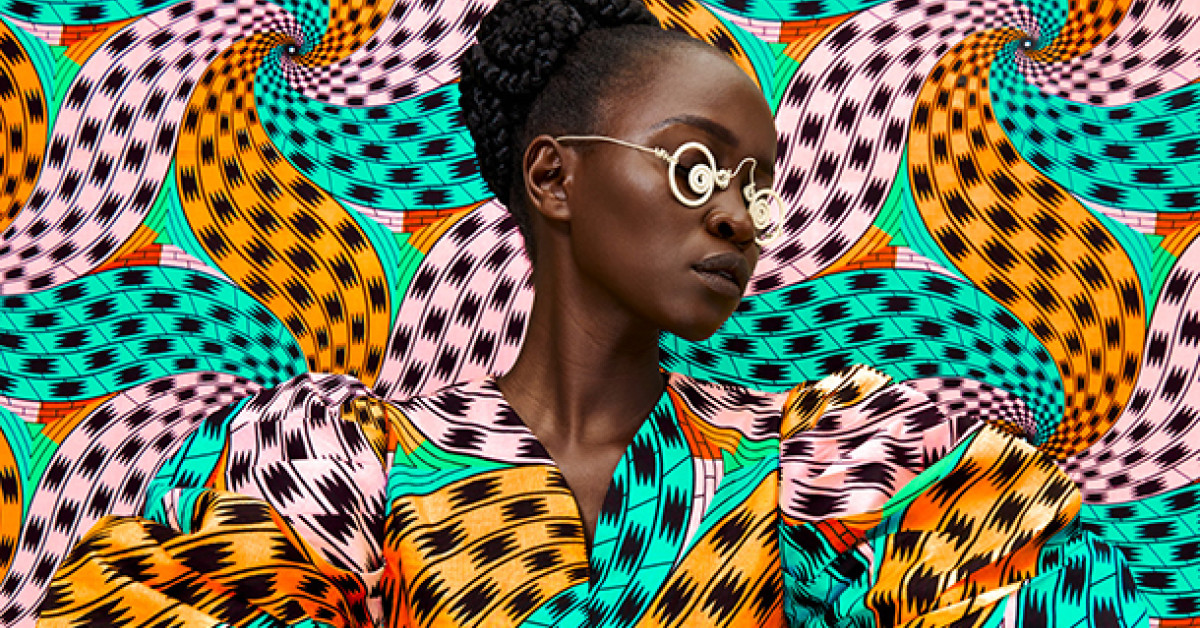
Entitled “The Fashion Sector in Africa: Trends, Challenges and Opportunities for Growth”, the UNESCO analysis shows that the continent holds all the cards to become one of the next world fashion leaders. It is a major producer of raw materials – 37 out of 54 countries produce cotton -, an exporter of textiles to the value of $15.5 billion a year, and an importer of textiles, clothing and footwear to the value of $23.1 billion a year.
There is a growing consumer trend on the continent for fashion Made-in-Africa, particularly among young people – the under-25s account for 50% of the continent’s total population – and among the burgeoning middle class – which already make up more than 35% of the population – opening up new consumer markets. Africa is also experiencing very rapid growth in the digital sector, which is facilitating intra-African trade and the emergence of young talent.
As evidenced by the 32 Fashion Weeks held each year, Africa is also brimming with talent in the fields of haute couture, crafts and clothing. A 42% increase in demand for African haute couture is expected over the next 10 years.
In its report, UNESCO highlights 4 challenges which governments and decision-makers must tackle if they want to realize the potential of Africa’s fashion sector:
-
Legal protections for designers and professionals need to be strengthened, in terms of intellectual property rights, remuneration levels, working conditions and the ability to organize into professional unions and social rights. With this aim, UNESCO is already helping 23 African countries to improve the status of artists through legislation and regulations.
-
Investment must be made in small and medium-sized enterprises, which today account for 90% of businesses in the fashion sector in Africa. Covering the entire continent, they are the gatekeepers of the diversity of cultural practices and expression. Generators of local employment, they are also a powerful lever for giving young people who want to enter the sector a chance.
-
Environmental standards need to be set. While the fashion industry remains one of the most polluting industries, Africa can make greater use of local materials, innovate around sustainable textiles, and raise awareness of sustainable consumption patterns. Production of organic cotton fibre in Africa has already risen by 90% between 2019 and 2020, and now accounts for 7.3% of global production. The second-hand clothing market is one of the most dynamic in the world – representing a third of global imports – but still suffers from a lack of recycling channels, with 40% of these garments ending up in landfill sites, or even in oceans and rivers.
-
Both the transmission of savoir-faire, and formal training need to be improved. Africa is rich in traditional skills and unique textile techniques, some of which are already protected by UNESCO. The report encourages countries to set up mentoring schemes to ensure that these practices are passed on from generation to generation and can continue to inspire young designers. At the same time, UNESCO is calling for an increase in the number of qualifications available in key related professions – quality control, commercial law, marketing – and in training in new technologies, such as 3D printing and e-commerce.
